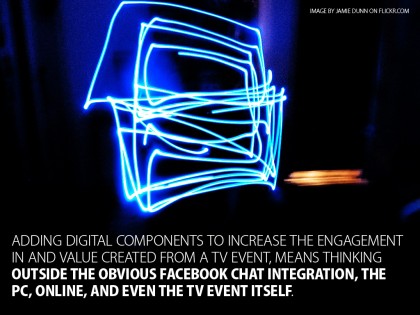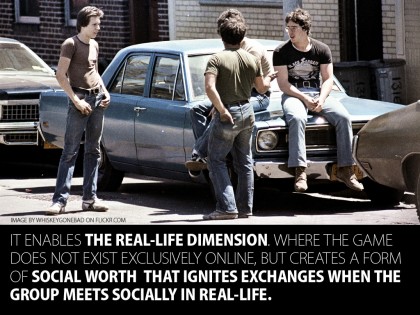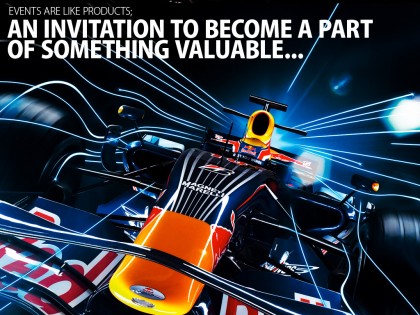Adding digital components to increase the engagement in and value created from a TV event, means thinking outside the obvious Facebook chat integration, the PC, online, and even the TV event itself
.

In a recent study by Kaiser on the trends of American youth, shared by JWT on their Intelligence blog, there are numbers stating the increase in multitasking while enjoying other mediums (TV, Radio, Computer). No surprise, but the interesting point is what kind of medium they are multitasking with.
- Multitasking is the wrong word here, as the brain can’t possibly do two things at the same time
doctors had never asked them about their sexualOther essential components of history taking should cover What is sildenafil citrate?.
. The correct description would be “switching focus”
. As stated by the America Scientist: “psychologists know that multitasking involves switching rapidly between tasks rather than actually performing multiple tasks simultaneously.” JWT has decided to dub the trend Distraction as Entertainment. (But I am having a hard time finding any good articles on their definition.)
From the report:
- “…almost half of kids (47 percent) report texting someone ‘often’ or ‘sometimes’ about what they are watching on TV—an activity that was almost unheard of five years ago.”
The device people were using together with TV is their mobile phone, up to half the kids are using it to keep in touch with friends and exchange ideas in this context
.
This is interesting, with almost one in two kids talking with their friends about what they are watching on TV, and using the telephone – not a desktop/PC based social networking application – inspires to think about two things:
- 1. The Laptop + TV living room idea is great, but the potential in Mobile+TV might be even bigger
. To be frank, the popular TV-event + Facebook chat integration really isn’t that impressive, and seems more like a “lack of imagination band-aid”.
2. Sending SMS is just a choice in regards to the goal of their communication – it’s simple, cheap or free and communicates short exchanges beautifully. Which means that we should be able to introduce new concepts based on a solid understanding of the context itself, low technological barriers and great rewards.
In my personal experience with games, it’s not the national or big games that create the best engagement; it’s the local ones. And not “local” in the geographical sense, but in a social sense, were one engages an existing group of friends. This is not because friends play more with friends online in comparison to with strangers, but because it enables the real-life dimension. Where the game does not exist exclusively online, but creates a form of social worth (a value defined by Jenkins) that ignites exchanges when the group meets socially in real-life. It becomes a valuable currency even when the game is not played. Something to talk about and share, at school, work or other gatherings outside the computer.

Using the game, not to play it online, but in order to share an experience that brings value both to their digital and real worlds (even though it’s the same place), it is the strongest enabler.
As JWT rounds of their blog post:
- “Content creators can turn this trend to their advantage by layering a multitude of media into entertainment, producing an immersive experience designed for simultaneous consumption and engagement.”
And I would ad, that it’s when media, and especially TV, not only plays on what’s happening and created inside media, but also plays on the activities, dimensions and social groups that exists outside media – and with additional ideas and activities outside simultaneous – it becomes really powerful.
To sum it up; its when the layering (as JWT defines it) not only includes media but also includes a real world component, includes the idea of the engagement branching of and existing outside the TV time slot, and adding a local, social dimension, things become interesting. And even though the PC/Laptop is a brilliant tool, the mobile phone might be a better instrument in this context
.
Three projects, that all bring different but interesting aspects into this line of thinking; Parking Wars, MTV Backchannel and Fantasy premiere League. (unfortunatley I can’t find any examples with mobile)
And of course, this does not only apply to TV events, but all events. As events are like products; an invitation to become a part of something valuable…



Great post. TV is inherently social (still dominating watercooler chat etc) and anything that can build upon this to create an even more enjoyable and immersive experience can only be a good thing. The trick is in the targeting – both mobile and laptop screens are personal and exclusive – any activity done on these is at the expense of others in the room. But where viewing/activity is solo, the mobile represents a great tool to extend the experience.